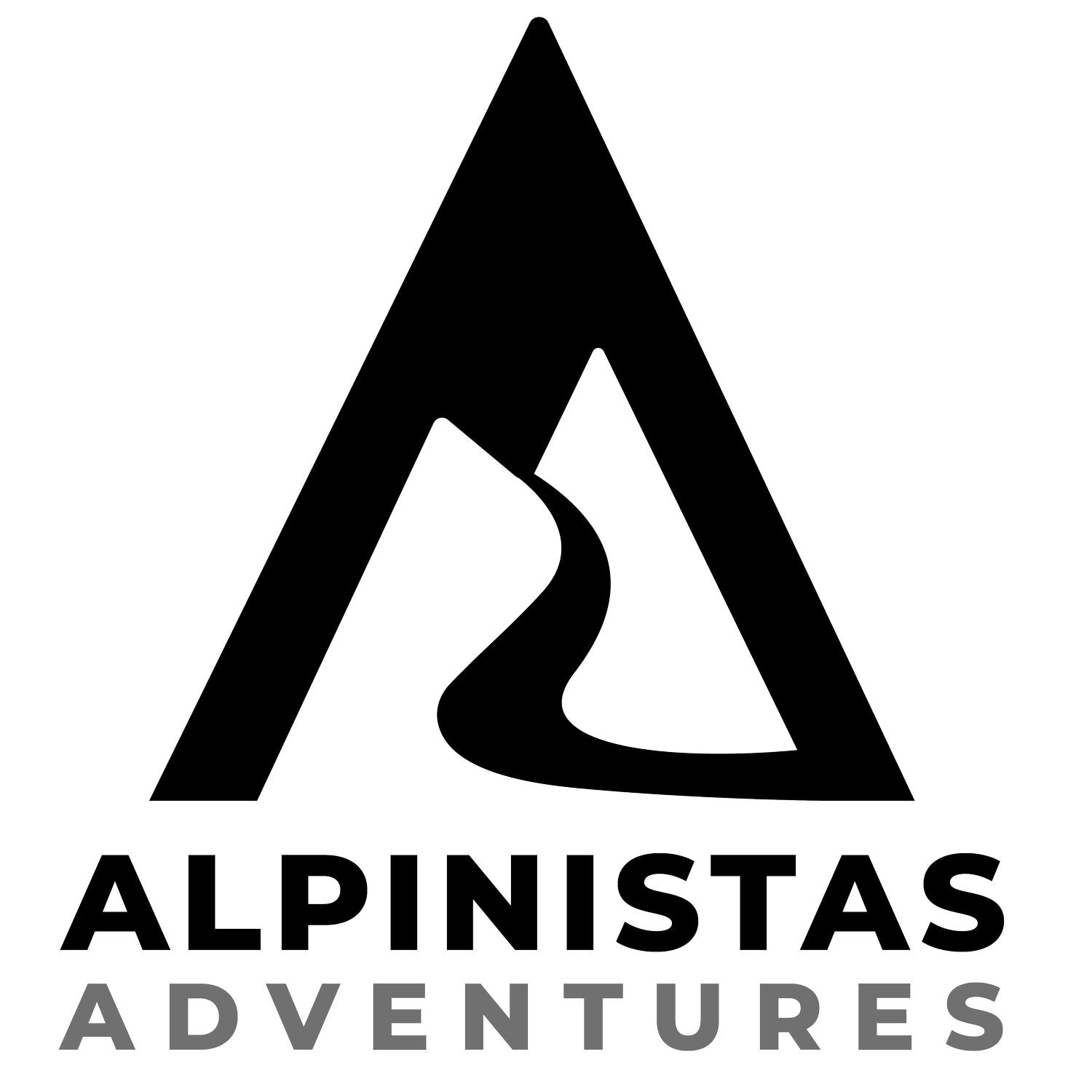Everest Base Camp
Packing List - On The Trail
We will be hiking through a wide range of terrain from mud in warm weather to snow in cold weather. The trail will be rocky throughout. The safest bet for Nepal trekking footwear is mid-ankle backpacking boots, which provide good support and protection from the elements. We may be walking on snow and the conditions will be cold at high altitude, and may be muddy at low altitude. Rain can be encountered at any time of year. A good compromise is to bring backpacking boots and trail shoes—you can use the trail shoes for camp and interchange the two depending on the conditions and how you feel.
Do not bring ANY cotton layers! All of your clothing should be wicking and synthetic. Cotton is a cooling fabric and easily absorbs sweat, and then takes a long time to dry. Synthetic layers will wick sweat and dry faster.
Backpack (20-30 liters, able to carry your personal items for each day)
Sturdy duffel for porters to carry with maximum 15 pounds of gear. Enquire for rentals: One duffel may be shared between two participants.
Waterproof/water resistant sturdy hiking boots (break them in beforehand!)
Camp shoes (could be a pair of trail runners to switch into, or down booties)
2-3 pairs thick wool or synthetic socks, several pairs of varying thicknesses
Sock liners (help prevent blisters)
Lightweight trekking pants (can be yoga pants or any breathable hiking pant)
Trekking shorts (optional)
A few pairs of synthetic underwear
A few comfortable sports bras
Cold Weather/High Altitude Layers
Non-cotton long underwear for bottom and top (consider a lighter and a heavier set - also something to change into at tea houses)
Insulating layer (down or synthetic) - bring multiple insulating layers or one “expedition style” layer
Thicker softshell pants for high elevations (also good for camp)
Warm gloves (2 pairs of varying thicknesses is recommended
What do each of these layers do? Do I really need them all?
You don’t need to buy a completely new wardrobe to be comfortable on the Everest Base Camp Trek. However, we do have a few quick rules:
Don’t bring anything cotton. When cotton gets wet, it stays wet.
The main “essential” layers include base layer, a very warm insulating layer or multiple insulating layers, and a hard shell/outer layer. You must have some variation of all 3 of these things. Check out this article for more information: https://thealpinistas.com/layers/
Protect your extremities. Head, neck, hands, feet - meaning a warm beanie, buff, gloves/mittens, and good socks and waterproof and warm boots.
Should I have a down or synthetic jacket?
It’s partially up to your personal preference, but there are advantages and disadvantages of each. Check out the Alpinistas blog article on the subject to learn more!
The links provided are only for your reference and you are not required to purchase those specific items linked. Alpinistas Collective may earn a nominal affiliate commission if you click through the link on this page and finalize a purchase. If you do, we thank you so much as it helps us support operating costs.
Other Items
Snacks that you like for on the trail/in town. Meals and snacks are provided but it can be helpful to have things that you know you like eating and that you know make you feel good.
Water purification - needs to be able to both filter and purify
Water bottles (at least 3 liters total capacity)
Baseball cap/sun hat
Sunglasses
Sunscreen
Head lamp with extra batteries
Gators (may keep snow/rain out of your boots, but not strictly necessary)
Extra shoe laces for your boots
Portable battery pack to charge electronics
Cables/cords for your electronics
Basic first aid kit (blister care, band aids, ibuprofen, etc.). Our guides will carry large comprehensive kits too.
Health kit: any medications you normally take, vitamins, probiotics, items for various conditions (stomach medication (Pepto, Immodium, a laxative), cold medicine, flu medicine, antibiotics, etc.). We recommend consulting your doctor before traveling to get “just in case” antibiotics.
Luggage locks
Sleeping
Sleeping bag (rated 15 degrees or below). Tea houses at higher altitudes can get very cold at night.
Sleeping bag liner if your bag is rated higher than 15 degrees
(optional) Extra blanket
Toiletries
Toothbrush/paste
Deodorant
Moisturizer/lotion
Feminine hygiene products
Hand wipes
Hand sanitizer
Bathroom kit: some toilet paper, wet wipes
Small mirror
Antimicrobial pee cloth for on the trail
Comfort Items
Earplugs
Flip flops for showers/toilet areas
Chapstick
Camera with extra batteries
Reading material (book or kindle)
Journal and pen
Headphones
Travel games
Insulated bottle/canteen to take tea or other hot beverages on the trail
Essentials
Passport + photocopy of your passport. Be sure that your passport expires AT LEAST 6 months after your departure date from Nepal.
Copy of your rescue insurance
Copy of emergency phone numbers
Cash ($50 for visa on-arrival, $200-400 for tips and incidentals)
Packing List - Around Town
Kathmandu can be warm in may - averaging around 80-85 degrees in the city. Bring comfortable around-town clothes for our cultural tour, dinners, and final shopping and spa day back in Kathmandu. For the cultural tour, be sure to wear to dress modestly, wearing a shirt that covers your shoulders and pants, shorts, or a skirt that go at least to your knees.
We will be able to leave some of our gear and clothing in Kathmandu that we do not want to carry on the EBC trek.
Pants or capris
Modest shirts that cover your shoulders
Comfortable shoes or sandals (may be the same as what you take trekking)
Fanny pack or purse (can also use the day pack that you take trekking)
Bag with luggage locks to leave gear in Kathmandu
On Arrival:
You will need to obtain a 30-day visa for $50. Be sure to bring exact change in US cash.
